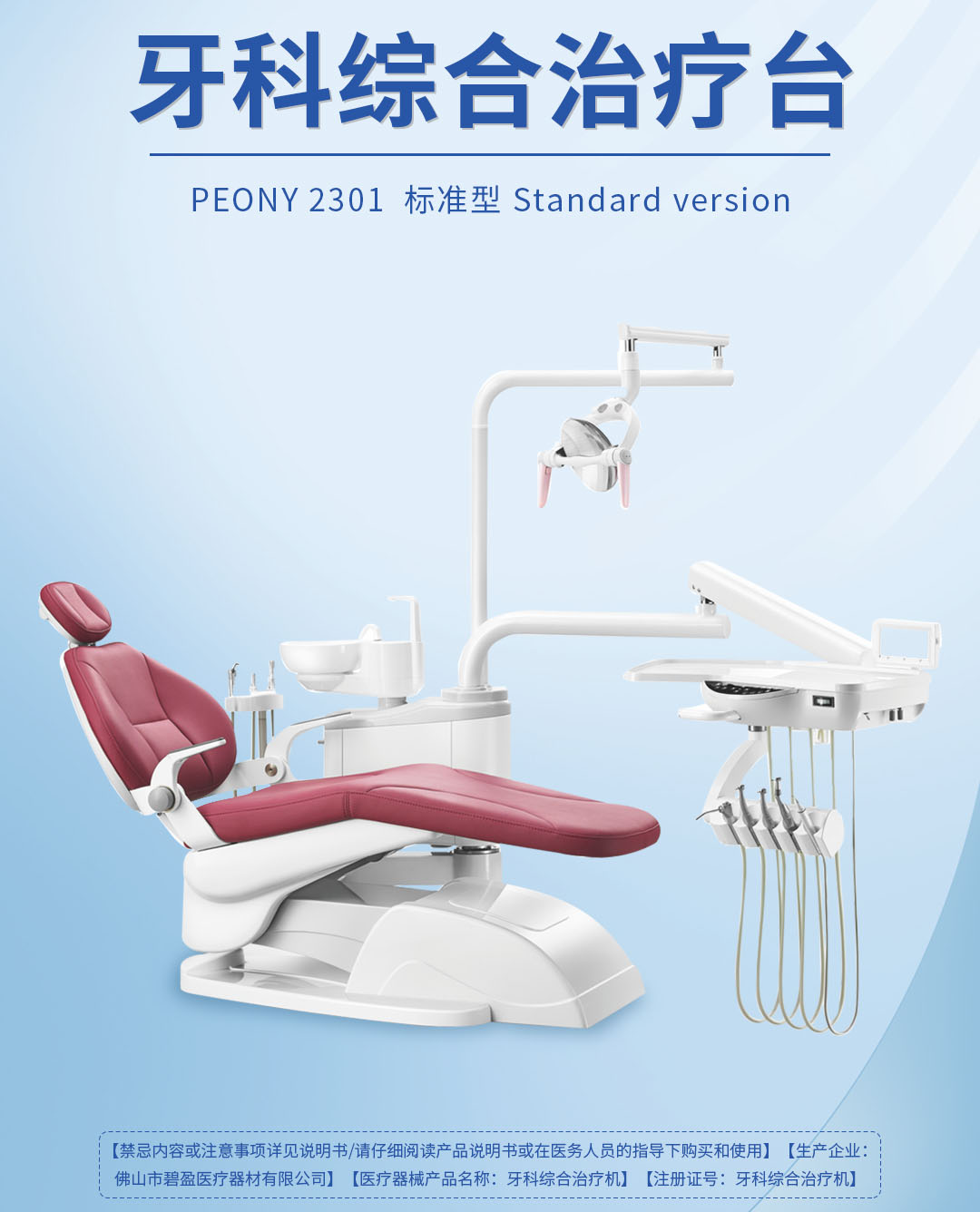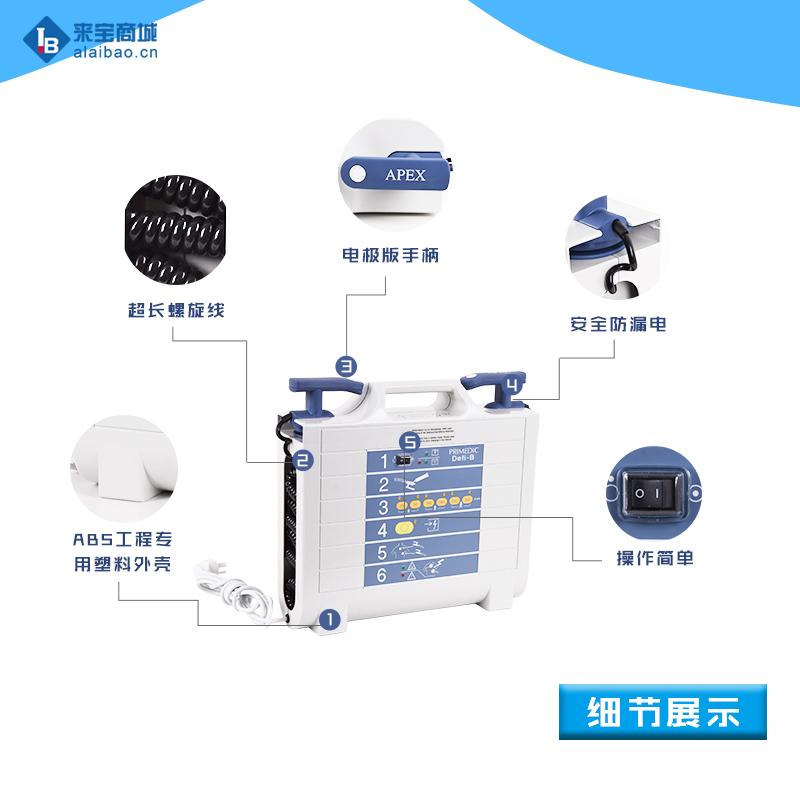CSB-E04649h人瘦素(LEP)ELISA试剂盒说明书
- 厦门慧嘉生物科技有限公司2011年12月6日 16:27 点击:1254
Human Leptin(LEP) ELISA kit
Catalog No. CSB-E04649h
(96 T)
This immunoassay kit allows for the in vitro quantitative determination of human LEP concentrations in serum, plasma.
Expiration date six months from the date of manufacture
FOR RESEARCH USE ONLY. NOT FOR USE IN DIAGNOSTIC PROCEDURES.
厦门慧嘉生物长期经营ELISA试剂盒及抗体、细胞因子、生化试剂、耗材等生物试剂产品。诚信经营,价格实惠,服务周到,质量有保证。欢迎广告老师来询!咨询电话:18906011628 0592-6020891 QQ: 1193952234 1048735792 或登陆http://www.biohj.com/download.aspx(下载原版说明书)
PRINCIPLE OF THE ASSAY
The microtiter plate provided in this kit has been pre-coated with an antibody specific to LEP. Standards or samples are then added to the appropriate microtiter plate wells with a biotin-conjugated antibody preparation specific for LEP and Avidin conjugated to Horseradish Peroxidase (HRP) is added to each microplate well and incubated. Then a TMB (3,3’,5,5’ tetramethyl-benzidine) substrate solution is added to each well. Only those wells that contain LEP, biotin-conjugated antibody and enzyme-conjugated Avidin will exhibit a change in color. The enzyme-substrate reaction is terminated by the addition of a sulphuric acid solution and the color change is measured spectrophotometrically at a wavelength of 450 nm ± 2 nm. The concentration of LEP in the samples is then determined by comparing the O.D. of the samples to the standard curve.
DETECTION RANGE
6.25pg/ml-400pg/ml. The standard curve concentrations used for the ELISA’s were 400pg/ml, 200pg/ml, 100pg/ml, 50pg/ml, 25pg/ml,12.5pg/ml, 6.25pg/ml.
SPECIFICITY
This assay recognizes human LEP. No significant
cross-reactivity or interference was observed.
SENSITIVITY
The minimum detectable dose of human LEP is typically less
than 1.56pg/ml.
The sensitivity of this assay, or Lower Limit of Detection (LLD)
was defined as the lowest protein concentration that could be
differentiated from zero.
MATERIALS PROVIDED
Reagent Quantity
Assay plate 1 Standard 2 Sample Diluent 2x 20 ml Biotin-antibody Diluent 1 x 10 ml HRP-avidin Diluent 1 x 10 ml Biotin-antibody 1 x 120μl HRP-avidin 1 x 120μl
1 x20 ml
Wash Buffer
(25×concentrate)
TMB Substrate 1 x 10 ml
Stop Solution 1 x 10 ml
STORAGE
1. Unopened test kits should be stored at 2-8?C upon receipt and the microtiter plate should be kept in a sealed bag. The test kit may be used throughout the expiration date of the kit, provided it is stored as prescribed above. Refer to the package label for the expiration date.
2. Opened test plate should be stored at 2-8?C in the aluminum foil bag with desiccants to minimize exposure to damp air. The kits will remain stable until the expiring date shown, provided it is stored as prescribed above.
3. A microtiter plate reader with a bandwidth of 10 nm or less and an optical density range of 0-3 OD or greater at 450nm wavelength is acceptable for use in absorbance measurement.
REAGENT PREPARATION
Bring all reagents to room temperature before use.
1 Wash Buffer If crystals have formed in the concentrate, warm up to room temperature and mix gently until the crystals have completely dissolved. Dilute 20 ml of Wash Buffer Concentrate into deionized or distilled water to prepare 500 ml of Wash Buffer.
2 Standard Centrifuge the standard vial at 6000-10000rpm for 30s. Reconstitute the Standard with 1.0 ml of Sample Diluent. This reconstitution produces a stock solution of 400 pg/ml. Allow the standard to sit for a minimum of 15 minutes with gentle agitation prior to making serial dilutions. The undiluted standard serves as the high standard (400 pg/ml). The Sample Diluent serves as the zero standard (0 pg/ml). Prepare fresh for each assay. Use within 4 hours and discard after use.
3 Biotin-antibody Centrifuge the vial before opening. Dilute to the working concentration using Biotin-antibody Diluent(1:100), respectively.
4 HRP-avidin Centrifuge the vial before opening. Dilute to the working concentration using HRP-avidin Diluent(1:100), respectively.
Precaution: The Stop Solution provided with this kit is an acid solution. Wear eye, hand, face, and clothing protection when using this material.
OTHER SUPPLIES REQUIRED
1 Microplate reader capable of measuring absorbance at 450 nm, with the correction wavelength set at 540 nm or 570 nm.
2 Pipettes and pipette tips.
3 Deionized or distilled water.
4 Squirt bottle, manifold dispenser, or automated microplate washer.
5 An incubator which can provide stable incubation conditions up to 37°C±0.5°C.
SAMPLE COLLECTION AND STORAGE
1 Serum Use a serum separator tube (SST) and allow samples to clot for 30 minutes before centrifugation for 15 minutes at 1000 g. Remove serum and assay immediately or aliquot and store samples at -20°C. Centrifuge the sample again after thawing before the assay. Avoid repeated freeze-thaw cycles.
2 Plasma Collect plasma using citrate, EDTA, or heparin as an anticoagulant. Centrifuge for 15 minutes at 1000 g within 30 minutes of collection. Assay immediately or aliquot and store samples at -20°C. Centrifuge the sample again after thawing before the assay. Avoid repeated freeze-thaw cycles.
Note: Grossly hemolyzed samples are not suitable for use in this assay.
ASSAY PROCEDURE
Bring all reagents and samples to room temperature before use. It is recommended that all samples, standards, and controls be assayed in duplicate. All the reagents should be added directly to the liquid level in the well. The pipette should avoid contacting the inner wall of the well.
1 Recommend to dilute the serum or plasma samples with Sample Diluent(1:200) before test. The suggested 200-fold dilution can be achieved by adding 5μl sample to 95μl of Sample Diluent. Complete the 200-fold dilution by adding 25μl of this solution to 225μl of Sample Diluent. The recommended dilution factor is for reference only. The optimal dilution factor should be determined by users according to their particular experiments.
2 Add 100μl of Standard, Blank, or Sample per well. Cover with the adhesive strip. Incubate for 2 hours at 37°C.
3 Remove the liquid of each well, don’t wash.
4 Add 100μl of Biotin-antibody working solution to each well. Incubate for 1 hour at 37°C. Biotin-antibody working solution may appear cloudy. Warm up to room temperature and mix gently until solution appears uniform.
5 Aspirate each well and wash, repeating the process three times for a total of three washes. Wash: Fill each well with
Wash Buffer (200μl) and let it stand for 2 minutes, then
remove the liquid by flicking the plate over a sink. The remaining drops are removed by patting the plate on a paper towel. Complete removal of liquid at each step is essential to good performance.
1 Add 100μl of HRP-avidin working solution to each well. Cover the microtiter plate with a new adhesive strip. Incubate for 1 hour at 37°C.
2 Repeat the aspiration and wash five times as step 5.
3 Add 90μl of TMB Substrate to each well. Incubate for 10-30 minutes at 37°C. Keeping the plate away from drafts and other temperature fluctuations in the dark.
4 Add 50μl of Stop Solution to each well when the first four wells containing the highest concentration of standards develop obvious blue color. If color change does not appear uniform, gently tap the plate to ensure thorough mixing.
10.Determine the optical density of each well within 30 minutes, using a microplate reader set to 450 nm.
CALCULATION OF RESULTS
Using the professional soft "Curve Exert 1.3" to make a standard curve is recommended, which can be downloaded from our web.
Average the duplicate readings for each standard, control, and sample and subtract the average zero standard optical density. Create a standard curve by reducing the data using computer software capable of generating a four parameter logistic (4-PL) curve-fit. As an alternative, construct a standard curve by plotting the mean absorbance for each standard on the x-axis against the concentration on the y-axis and draw a best fit curve through the points on the graph. The data may be linearized by plotting the log of the LEP concentrations versus the log of the O.D. and the best fit line can be determined by regression analysis. This procedure will produce an adequate but less precise fit of the data. If samples have been diluted, the concentration read from the standard curve must be multiplied by the dilution factor.
LIMITATIONS OF THE PROCEDURE
1 The kit should not be used beyond the expiration date on the kit label.
2 Do not mix or substitute reagents with those from other lots or sources.
3 It is important that the Standard Diluent selected for the standard curve be consistent with the samples being assayed.
4 If samples generate values higher than the highest standard, dilute the samples with the appropriate Standard Diluent and repeat the assay.
5 Any variation in Standard Diluent, operator, pipetting technique, washing technique, incubation time or temperature, and kit age can cause variation in binding.
6 This assay is designed to eliminate interference by soluble receptors, binding proteins, and other factors present in biological samples. Until all factors have been tested in the Immunoassay, the possibility of interference cannot be excluded.
TECHNICAL HINTS
1 Centrifuge vials before opening to collect contents.
2 When mixing or reconstituting protein solutions, always avoid foaming.
3 To avoid cross-contamination, change pipette tips between additions of each standard level, between sample additions, and between reagent additions. Also, use separate reservoirs for each reagent.
4 When using an automated plate washer, adding a 30 second soak period following the addition of wash buffer, and/or rotating the plate 180 degrees between wash steps may improve assay precision.
5 To ensure accurate results, proper adhesion of plate sealers during incubation steps is necessary.
6 Substrate Solution should remain colorless or light blue until added to the plate. Keep Substrate Solution protected from light. Substrate Solution should change from colorless or light blue to gradations of blue.
7 Stop Solution should be added to the plate in the same order as the Substrate Solution. The color developed in the wells will turn from blue to yellow upon addition of the Stop Solution. Wells that are green in color indicate that the Stop Solution has not mixed thoroughly with the Substrate Solution.
联系邮箱:kefu@labbase.net
版权与免责声明
- 凡本网注明“来源:来宝网”的所有作品,版权均属于来宝网,转载请必须注明来宝网, http://www.labbase.net,违反者本网将追究相关法律责任。
- 本网转载并注明自其它来源的作品,目的在于传递更多信息,并不代表本网赞同其观点或证实其内容的真实性,不承担此类作品侵权行为的直接责任及连带责任。其他媒体、网站或个人从本网转载时,必须保留本网注明的作品来源,并自负版权等法律责任。
- 如涉及作品内容、版权等问题,请在作品发表之日起一周内与本网联系,否则视为放弃相关权利。






